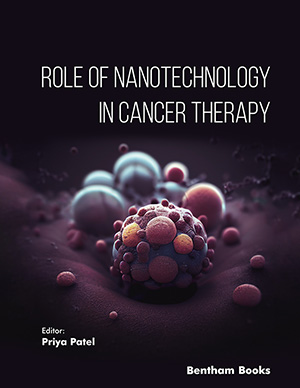Abstract
The poor water solubility of azelaic acid, a polyphenolic compound, used in treatment of acne and rosacea poses limitations in its topical delivery. To overcome these issues, azelaic acid loaded nanostructured lipid carriers (NLCs) were prepared by solvent diffusion-solvent evaporation method for enhancing their dermal retention and moreover, slow release of drug from NLCs can avoid side effects associated with its usage. The optimized formulation was characterized for size, morphology and zeta potential. Mean particle size of azelaic acid loaded NLCs was 81.57±9.6 nm with low poly dispersity index (PDI) i.e. 0.208±0.021 and high zeta potential of -29.3±1.21 mV was obtained. Results of transmission electron microscopy (TEM) imaging demonstrated spherical shape of NLCs with uniform surface. Ex vivo permeation studies of azelaic acid loaded NLCs gel showed biphasic drug release pattern with initial burst release followed by sustained release and also led to slower release profiles compared to plain drug loaded gel and drug solution i.e 21.06±0.99, 38.71±1.47 and 78.79±2.52% of the drug was permeated from NLCs gel, plain gel and drug solution, respectively with 51.6±0.74, 95.25±1.23 and 184.59 μg/cm2/hr flux values respectively. Further in skin retention studies, significant retention of azelaic acid from the NLCs gel i.e. 63.96±4.56% in the rat skin was observed than the drug solution and plain drug loaded gel which were observed to be only 4.78±1.1% and 15.12±3.2% respectively. The formulation stability was assessed at two different temperatures and NLCs were found to be stable. The results conclude that the developed NLCs have enormous potential to improve the penetration of the azelaic acid through stratum corneum with utmost retention in the skin which is the pre-requisite for the topically applied formulations for the management of skin diseases and the avoidance of systemic adverse effects associated with its usage.
Keywords: Azelaic acid, cetyl palmitate, ex vivo retention study, nanostructured lipid carriers, topical delivery.































